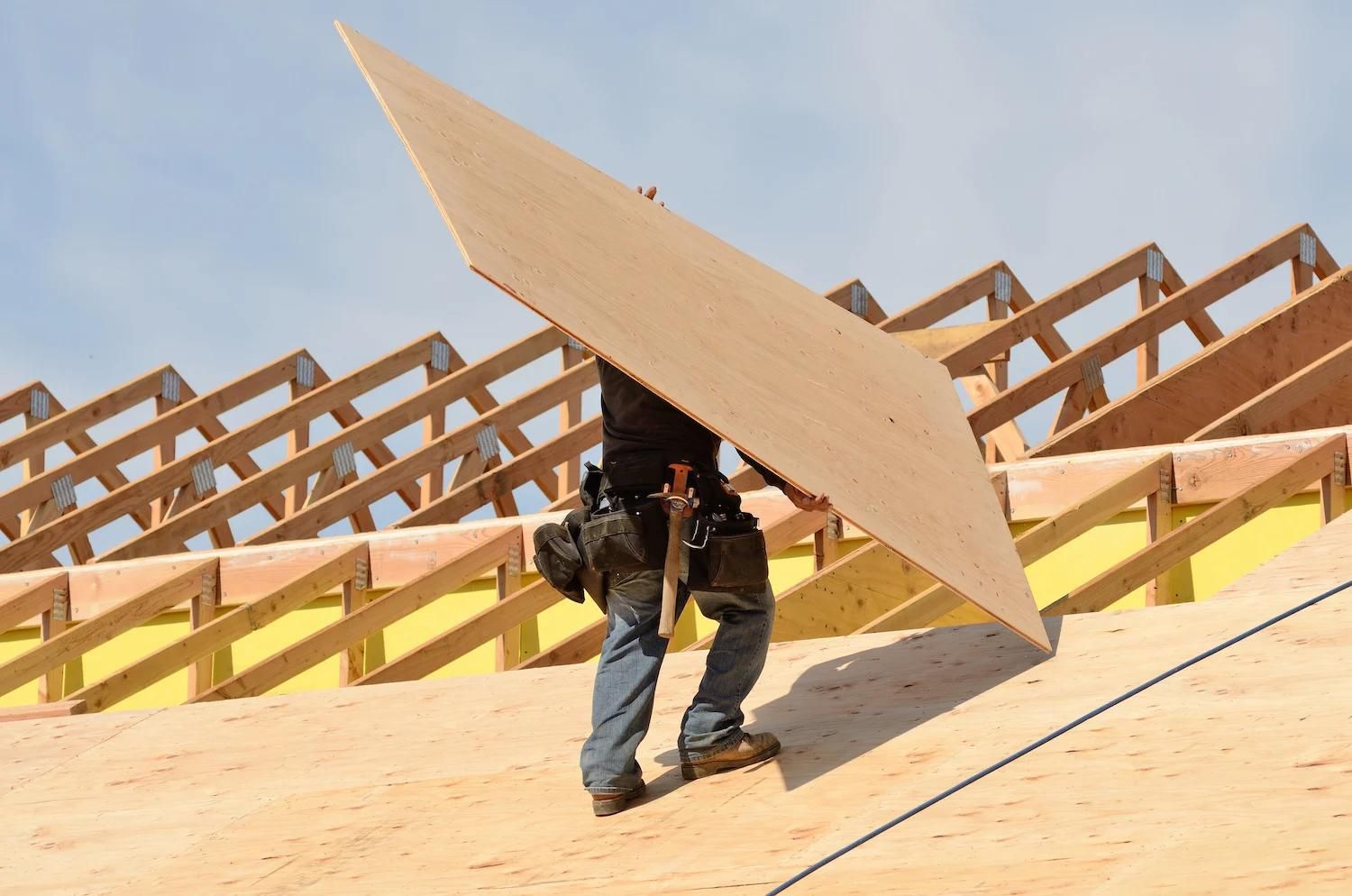

Articles
What Kind Of Plywood For Roof
Modified: December 7, 2023
Looking for articles on what kind of plywood is best for roofs? Discover expert advice and recommendations for selecting the right plywood for your roof project.
(Many of the links in this article redirect to a specific reviewed product. Your purchase of these products through affiliate links helps to generate commission for Storables.com, at no extra cost. Learn more)
Introduction
When it comes to constructing or renovating a roof, choosing the right materials is crucial. One essential component in roof construction is plywood. Plywood is a versatile building material made from thin layers of wood veneer glued together, creating a strong and durable sheet.
In this article, we will discuss the different types of plywood that are suitable for roofing applications. We will explore their characteristics, benefits, and considerations to help you make an informed decision. Whether you are a homeowner, contractor, or DIY enthusiast, understanding the various options available will enable you to select the best plywood for your roofing needs.
Before we delve into the types of plywood suitable for roofing, it is essential to have a basic understanding of plywood itself. Plywood is manufactured using different wood species, such as pine, spruce, or fir. These thin layers of wood, known as veneers, are laid perpendicular to each other and bonded with strong adhesive. This cross-grain construction gives plywood its strength and stability.
Plywood is graded based on its quality and appearance. The most common grading system used is known as the Sheathing, Plywood, and Engineered Wood Association (S-P-E-A) grading. This grading system classifies plywood into different types, including CDX, OSB, T&G, Marine, and MDO, among others.
When it comes to roofing plywood, there are several factors to consider. These include the climate conditions, roof slope, and the weight of the roofing materials. Additionally, understanding the different types of plywood available will help you determine which one is the most suitable for your specific roofing project.
In the following sections, we will explore the various types of plywood for roofing applications. We will discuss their features, advantages, and common uses. By the end of this article, you will have a comprehensive understanding of the different types of plywood to make an informed choice for your next roofing project.
Key Takeaways:
- Choose the right plywood for your roofing project based on factors like climate, roof slope, and budget. Understanding the types and thickness of plywood will ensure a durable and long-lasting roof.
- Follow proper installation techniques, apply weatherproofing layers, and seek professional advice for successful roofing with plywood. Regular maintenance and inspections are crucial for preserving the integrity of your roof.
Read more: What Plywood For Shed Roof
Understanding Plywood
Plywood is a widely used construction material due to its strength, durability, and versatility. Understanding the composition and characteristics of plywood can help you make informed decisions when choosing the right type of plywood for your roofing project.
Plywood is made by bonding layers of wooden veneers together. These veneers are typically sourced from softwood trees like pine, spruce, or fir. The veneers are arranged in a cross-grain pattern, meaning the grain of each successive layer is perpendicular to the previous one. This cross-grain construction gives plywood its strength and stability.
The layers of veneers are bonded together using adhesive, usually a type of resin, which enhances the overall strength of the plywood. This bonding process creates a sturdy and robust sheet of plywood that can withstand various weather conditions, including high winds, rain, and even snow.
Plywood is graded based on its intended use and quality. The grading system helps determine the strength, appearance, and overall suitability of the plywood for different applications. Common grading systems include S-P-E-A and APA.
The thickness of plywood can vary depending on the specific needs of the project. Thicker plywood is often used for load-bearing applications, while thinner plywood is suitable for non-structural purposes. The most common thicknesses for roofing plywood range from 3/8 inch to 3/4 inch.
One of the significant benefits of plywood is its dimensional stability. Unlike solid wood, which can expand, contract, and warp due to changes in moisture and temperature, plywood remains relatively stable. This stability is due to the alternating directions of the grain in each layer, which helps to counteract any potential warping.
Plywood is also known for its versatility. It can be easily cut into various shapes and sizes to fit specific roofing requirements. Additionally, plywood can be treated with preservatives to enhance its resistance to moisture, rot, and insects.
It is important to note that plywood is not entirely waterproof. While it can resist moisture to some extent, prolonged exposure to water can cause the veneers to delaminate or weaken. Therefore, appropriate precautions should be taken, such as applying weatherproofing coatings, to ensure the longevity and performance of plywood roofing.
Understanding the composition and characteristics of plywood is essential when selecting the right type for your roofing project. In the next sections, we will explore the different types of plywood specifically designed for roofing applications and their respective benefits.
Factors to Consider for Roofing Plywood
Choosing the right plywood for your roofing project is crucial for ensuring the longevity and structural integrity of your roof. Consider the following factors when selecting roofing plywood:
1. Climate Conditions
Consider the climate conditions in your area when choosing roofing plywood. If you live in an area with high humidity or frequent rainfall, it is essential to select a type of plywood that is moisture-resistant or has been treated to withstand moisture. This will help prevent the plywood from warping or deteriorating over time.
2. Roof Slope
The slope of your roof is another important factor to consider. Steeper roofs require plywood that can handle the additional mechanical stress and prevent sagging. It is recommended to consult with a roofing professional or adhere to local building codes to determine the appropriate plywood thickness and grade for your specific roof slope.
Read more: What Size Plywood For Shed Roof
3. Weight of Roofing Materials
Take into account the weight of the roofing materials that will be installed on top of the plywood. Different roofing materials have varying weight requirements, and the plywood must be able to support the load. Ensure that the selected plywood is strong enough to withstand the weight of the roofing materials without compromising the structural integrity of the roof.
4. Budget
Consider your budget when selecting roofing plywood. Plywood grades and types vary in price, so it is important to find a balance between quality and cost. Remember that investing in higher-quality plywood can ultimately save you money in the long run, as it will be more durable and require less frequent maintenance or replacement.
5. Compatibility with Roofing Systems
Consider the type of roofing system you plan to install and ensure that the selected plywood is compatible with it. Different roofing systems may have specific requirements for plywood thickness, grade, and fastening methods. Consult the manufacturer’s recommendations or seek advice from roofing professionals to determine the best plywood for your chosen roofing system.
6. Local Building Codes
Always adhere to local building codes and regulations when selecting roofing plywood. Building codes may specify certain plywood requirements based on factors such as fire resistance, wind uplift resistance, and structural stability. Familiarize yourself with these codes and ensure compliance to avoid potential issues in the future.
By considering these factors, you can make an informed decision when choosing roofing plywood. Now that we have explored the important factors, let’s move on to discuss the different types of plywood that are commonly used in roofing applications.
Read more: What Thickness Of Plywood For Interior Walls
Types of Plywood for Roofing
When it comes to roofing plywood, several types are commonly used due to their specific properties and suitability for different roofing applications. Understanding the different types of plywood will help you choose the most appropriate option for your roofing project. Let’s explore five common types of plywood used for roofing:
1. CDX Plywood
CDX plywood is one of the most commonly used types for roofing. The “CDX” designation refers to the quality and construction of the plywood. It is an affordable option and is often made from softwood veneers such as pine or fir. CDX plywood is relatively thick and provides excellent structural support. While it may not have the same level of moisture resistance as other types, it is still suitable for many roofing applications.
2. OSB Plywood
Oriented Strand Board (OSB) plywood is another popular choice for roofing. It is made by compressing and gluing together small wood strands with adhesive resins. OSB plywood is known for its strength, durability, and moisture resistance. It is often used in areas with high humidity or frequent rainfall. OSB plywood is available in various thicknesses and can provide excellent structural support for roofing projects.
3. T&G Plywood
Tongue and Groove (T&G) plywood is designed with interlocking edges that fit together, creating a tight and secure connection. This type of plywood is commonly used for roofing with exposed rafters or where an attractive ceiling finish is desired. T&G plywood provides a smooth and even surface, making it easier to install and ensuring a professional-looking finish for the roof underside.
Read more: What Is Plywood Used For In Construction
4. Marine Plywood
Marine plywood is specifically designed to withstand moisture and harsh weather conditions. It is made with waterproof adhesive and is constructed using high-quality hardwood veneers, making it highly resistant to rot and delamination. Marine plywood is a preferred choice for coastal or high-moisture areas where the roof is exposed to saltwater or heavy rain.
5. MDO Plywood
Medium Density Overlay (MDO) plywood is made by applying a resin-impregnated fiber overlay to the plywood surface. MDO plywood offers excellent durability, resistance to moisture, and a smooth finish. It is often used for roofing applications where a highly weather-resistant and aesthetically pleasing surface is desired. MDO plywood is commonly used for commercial and industrial roofing projects.
When choosing the right type of plywood for your roofing project, consider factors such as moisture resistance, structural support, budget, and compatibility with your chosen roofing system. Consulting with a roofing professional can also provide valuable insights and recommendations based on your specific needs and requirements.
Now that we have explored the different types of plywood suitable for roofing, let’s move on to discuss the importance of choosing the right plywood thickness for your project.
CDX Plywood
CDX plywood is a popular and widely used type of plywood for roofing applications. The “CDX” designation refers to the quality and construction of the plywood. It is made from softwood veneers such as pine or fir that are glued together using a strong adhesive.
CDX plywood is known for its affordability and structural strength. It is a cost-effective choice for roofing projects, especially when budget constraints are a consideration. The thickness of CDX plywood can vary, but it is typically available in 3/8 inch, 1/2 inch, 5/8 inch, and 3/4 inch thicknesses.
While CDX plywood is not specifically designed to be water-resistant, it still offers decent moisture resistance. The layers of softwood veneers are glued together using exterior-grade adhesive, which provides some level of protection against moisture. However, it is important to note that prolonged exposure to water can cause the veneers to delaminate or weaken.
CDX plywood is relatively easy to work with as it can be easily cut, drilled, and fastened. It provides excellent structural support and stability for roofing applications, making it suitable for both residential and commercial roofs. It can withstand the weight of roofing materials and the mechanical stress caused by varying weather conditions.
One of the advantages of CDX plywood is that it meets the requirements of building codes for many regions. It adheres to standard building specifications for roof sheathing, offering compatibility and peace of mind for builders and contractors.
Despite its advantages, CDX plywood does have some limitations. As mentioned earlier, it is not specifically designed to be highly water-resistant, so it may not be the best choice for areas with extremely high humidity or frequent rainfall. However, when adequately protected with weatherproofing coatings and proper installation techniques, CDX plywood can still perform well in most roofing applications.
Overall, CDX plywood is a reliable and cost-effective choice for roofing projects. Its affordability and structural strength make it a popular option among homeowners, contractors, and builders. It provides the necessary support and stability for a durable and long-lasting roof. However, careful consideration should be given to the climate conditions and moisture exposure in your area when selecting CDX plywood for roofing.
Now that we have explored CDX plywood for roofing, let’s move on to discuss the next type: OSB plywood.
OSB Plywood
OSB (Oriented Strand Board) plywood is a commonly used and highly versatile type of plywood for roofing applications. It is made by compressing and bonding together small wood strands with adhesive resins, creating a strong and durable sheet.
One of the main advantages of OSB plywood is its exceptional strength. The strands in OSB plywood are arranged in multiple layers and oriented in different directions, which provides excellent structural integrity. This makes OSB plywood a reliable choice for roofing projects where strength and stability are essential.
OSB plywood is known for its moisture resistance. The adhesive resins used during the manufacturing process provide a degree of water resistance, making OSB more suitable than other plywood types for areas with high humidity or frequent rainfall. However, it is important to note that prolonged exposure to water can still cause osb plywood to warp or swell, so proper waterproofing measures should be taken.
Another advantage of OSB plywood is its affordability. It is generally more cost-effective than other types of plywood, making it an attractive option for budget-conscious roofing projects. The wide availability of OSB plywood also contributes to its affordability.
In terms of installation, OSB plywood is relatively easy to work with. It can be cut, drilled, and fastened with standard tools and techniques. The consistent thickness and uniform structure of OSB plywood make it straightforward to install as roof sheathing.
OSB plywood is available in various thicknesses, ranging from 7/16 inch to 3/4 inch, allowing for flexibility in choosing the appropriate thickness based on the specific needs and requirements of the roofing project.
However, it is important to note that while OSB plywood offers many advantages, it does have some limitations. OSB plywood is more susceptible to swelling and expansion when exposed to moisture than other types of plywood. Therefore, proper waterproofing measures should be taken during installation and regular maintenance should be performed to ensure its longevity.
Overall, OSB plywood is a popular choice for roofing applications due to its strength, affordability, and moisture resistance. It provides a solid and reliable foundation for roofing systems, offering stability and support. When properly installed and protected, OSB plywood can contribute to a long-lasting and durable roof.
Now that we have explored OSB plywood, let’s move on to discuss the next type: T&G plywood.
Read more: What Is A Roof
T&G Plywood
Tongue and Groove (T&G) plywood is a specialized type of plywood that is commonly used for roofing applications. It is designed with interlocking edges, where one side has a protruding tongue and the other side has a groove. When installed, the tongue of one panel fits into the groove of the adjacent panel, creating a tight and secure connection.
One of the main advantages of T&G plywood is its ability to create a smooth and even surface. The interlocking edges provide a seamless connection between panels, resulting in a uniform and attractive finish for the underside of the roof. This makes T&G plywood particularly suitable for roofing projects where an aesthetically pleasing ceiling finish is desired or when the rafters will be exposed.
T&G plywood offers excellent structural support and stability. The interlocking design enhances the overall strength and rigidity of the roof, providing enhanced resistance against sagging and shifting. This makes T&G plywood a reliable choice, especially for roofs with larger spans or those that experience heavy loads.
The interlocking feature of T&G plywood also helps to create a more weather-resistant barrier. The tight connection between the panels reduces the likelihood of water penetration, enhancing the overall moisture resistance of the roof. However, it is still important to apply appropriate weatherproofing materials on the surface and ensure proper installation to prevent any potential moisture-related issues.
It is worth noting that T&G plywood may require a bit more precision and care during installation compared to other types of plywood. The interlocking edges need to be aligned properly to ensure a secure fit and a seamless finish. Additionally, T&G plywood may have slightly higher installation costs due to the extra time and effort required for the interlocking connections.
T&G plywood is available in various thicknesses, ranging from 1/2 inch to 3/4 inch, allowing for flexibility in choosing the appropriate thickness based on the specific roofing project requirements.
Overall, T&G plywood is an excellent choice for roofing projects that require a smooth and attractive finish, enhanced structural support, and improved moisture resistance. Its interlocking design provides stability and durability, making it a reliable option for both residential and commercial roofing applications.
Now that we have explored T&G plywood, let’s move on to discuss the next type: Marine plywood.
Marine Plywood
Marine plywood is a specialized type of plywood that is engineered to withstand the harsh conditions of marine environments, making it highly suitable for roofing applications that require exceptional moisture resistance and durability.
Marine plywood is constructed using high-quality hardwood veneers and a waterproof adhesive. This construction makes it highly resistant to moisture, rot, and delamination. The adhesive used in marine plywood is designed to withstand constant exposure to water, making it an ideal choice for areas with high humidity, saltwater exposure, or heavy rainfall.
One of the key features of marine plywood is its ability to resist warping and swelling. The high-quality hardwood veneers used in its construction provide exceptional dimensional stability, even when exposed to varying moisture levels. This ensures that the plywood stays flat and maintains its structural integrity, even in challenging weather conditions.
Marine plywood is also known for its strength and durability. It is engineered to handle heavy loads and withstand the mechanical stress caused by wind, snow, and other external forces. This makes it a reliable choice for roofing projects where structural stability is essential.
In terms of appearance, marine plywood typically has a smoother and more attractive surface compared to other types of plywood. This makes it suitable for roofing projects where a visually appealing finish is desired, or when the roof will be visible from below.
It is important to note that marine plywood is generally more expensive than other types of plywood due to its high-quality construction and exceptional moisture resistance. However, the long-term benefits and durability of marine plywood often outweigh the initial higher cost.
When using marine plywood for roofing applications, it is crucial to follow proper installation techniques and ensure that it is adequately protected with appropriate weatherproofing materials. Regular maintenance and inspections should also be performed to address any potential issues promptly and preserve the integrity of the roof.
Overall, marine plywood is an excellent choice for roofing projects in areas that experience high moisture levels or harsh weather conditions. Its exceptional moisture resistance, durability, and strength make it a reliable option for both residential and commercial roofs. Consider using marine plywood when longevity and superior performance are top priorities.
Now that we have explored marine plywood, let’s move on to discuss the next type: MDO plywood.
MDO Plywood
MDO (Medium Density Overlay) plywood is a specialized type of plywood designed specifically for outdoor applications, including roofing. It is constructed by applying a resin-impregnated fiber overlay to the surface of the plywood sheets.
The overlay used in MDO plywood is typically made from high-quality paper or fiberglass cloth saturated with a phenolic resin. This overlay provides several key benefits, including increased weather resistance, improved durability, and a smooth, paintable surface.
MDO plywood is highly resistant to moisture, making it a suitable choice for roofing projects in areas with high humidity or frequent rainfall. The resin-impregnated overlay acts as a barrier that helps protect the underlying plywood from water penetration, reducing the risk of delamination and warping.
One of the main advantages of MDO plywood is its excellent durability. The resin overlay adds a layer of protection that enhances the plywood’s resistance to impacts, scratches, and other types of damage. This makes MDO plywood ideal for roofing applications where the surface may be subject to heavy foot traffic or potential abrasion.
MDO plywood also offers a smooth surface that is easily paintable. The resin overlay provides a uniform and consistent texture, making it easy to achieve a professional finish when coating the plywood with paint or other protective coatings. This makes MDO plywood appealing for roofing projects where an aesthetically pleasing surface is desired.
In terms of strength, MDO plywood provides good structural support and stability. It can handle the weight of roofing materials and withstand moderate mechanical stress caused by weather elements. However, it is important to note that MDO plywood is not as strong as marine plywood, so it may not be suitable for roofs with heavy load requirements.
MDO plywood is available in various thicknesses, ranging from 3/8 inch to 3/4 inch, allowing flexibility in choosing the appropriate thickness for specific roofing project needs.
While MDO plywood offers many benefits, it is important to properly install and maintain it to ensure its longevity. Adequate sealing and protection with weatherproofing materials are necessary to enhance its resistance to moisture and prolong its lifespan.
In summary, MDO plywood is a versatile option for roofing projects that require weather resistance, durability, and a smooth finish. Its moisture resistance, enhanced durability, and paintable surface make it a reliable choice for both residential and commercial roofs. Consider using MDO plywood when seeking a combination of strength, functionality, and visual appeal.
Now that we have explored the different types of plywood suitable for roofing, let’s move on to discuss the importance of choosing the right plywood thickness for your project.
Choosing the Right Plywood Thickness
When selecting plywood for your roofing project, choosing the appropriate thickness is crucial for ensuring the structural integrity and stability of the roof. The thickness of plywood determines its load-carrying capacity, resistance to sagging, and overall durability. Here are some key considerations to keep in mind when determining the right plywood thickness for your project:
Read more: How To Attach A Carpet To A Plywood
1. Roofing Requirements
Consider the specific requirements of your roofing system. Different roofing materials have varying weight specifications and load requirements. Consult the manufacturer’s guidelines or a roofing professional to determine the recommended plywood thickness that can adequately support the weight of the roofing materials.
2. Roof Slope
The slope of your roof plays a significant role in determining the appropriate plywood thickness. Steeper roofs require thicker plywood to provide additional structural support and prevent sagging. Consult local building codes or a roofing professional to determine the minimum plywood thickness required based on your roof slope.
3. Span Between Rafters
The distance between the rafters or trusses also affects the needed plywood thickness. For larger spans, thicker plywood may be necessary to minimize deflection and ensure sufficient load-bearing capacity.
4. Local Building Codes
Adhere to local building codes and regulations when determining the plywood thickness. Building codes often provide specific guidelines on the minimum plywood thickness required for different roofing situations to ensure safety and structural stability. Familiarize yourself with these codes and consult with a roofing professional to ensure compliance.
Read more: What Type Of Plywood For Attic Floor
5. Climate Conditions
Consider the climate and weather conditions in your area. If you live in an area with high winds, heavy snowfall, or frequent storms, you may need thicker plywood to withstand these conditions. Thicker plywood provides better resistance against external forces and reduces the risk of damage or structural failure.
6. Budget
Take your budget into account when determining the plywood thickness. Thicker plywood typically comes at a higher cost. Assess your budget constraints and strike a balance between choosing plywood that meets the necessary thickness requirements while still being cost-effective for your project.
It is important to note that plywood thickness is typically measured in fractions of an inch, such as 3/8 inch, 1/2 inch, 5/8 inch, and 3/4 inch. Determining the appropriate thickness may involve a combination of factors, and consulting with a roofing professional is invaluable in making the most informed decision.
By considering these factors and consulting with experts, you can choose the right plywood thickness that satisfies the specific requirements of your roofing project. Having the proper plywood thickness ensures a sturdy and reliable roof that can withstand the weight of the roofing materials, provide structural support, and withstand the rigors of the local climate conditions.
Now that we have discussed choosing the right plywood thickness, let’s move on to important tips for roofing with plywood.
Important Tips for Roofing with Plywood
When it comes to roofing with plywood, following certain tips and best practices will help ensure a successful and long-lasting roof. Here are some important tips to keep in mind:
1. Proper Installation Techniques
Ensure that the plywood is installed correctly, following recommended installation techniques. Proper spacing between plywood sheets and correct fastener placement are essential for maintaining structural integrity and preventing issues such as buckling or warping. Refer to manufacturer guidelines and local building codes for specific installation requirements.
Read more: What Type Of Plywood Is For Exterior Walls
2. Use High-Quality Materials
Invest in high-quality plywood and associated materials. Choose plywood that is suitable for your specific roofing requirements and meets relevant industry standards. Using inferior plywood or subpar materials may compromise the overall quality and durability of the roof.
3. Apply Weatherproofing Layers
To enhance the moisture resistance and longevity of the plywood, apply weatherproofing layers. Use appropriate sealants or coatings to protect the plywood from water penetration and other environmental elements. Ensure that all edges, seams, and fastener holes are properly sealed to prevent any potential leaks.
4. Allow for Proper Ventilation
Incorporate proper ventilation into your roofing design. Adequate ventilation helps regulate temperature and moisture levels in the attic, reducing the risk of condensation and preventing potential damage to the plywood and roofing materials. Consult local building codes or a roofing professional to determine the ventilation requirements for your specific roof.
5. Regular Maintenance and Inspections
Perform regular maintenance on the roof and conduct periodic inspections to identify and address any issues promptly. Check for signs of damage, such as rot, cracks, or loose fasteners, and take immediate action to repair or replace any affected plywood. Timely maintenance and repairs will prolong the life of the roof and prevent further damage or costly repairs.
Read more: What Plywood To Use For Shed Floor
6. Seek Professional Advice
If you are unsure about any aspect of roofing with plywood, don’t hesitate to seek advice from roofing professionals. They can provide guidance on choosing the right plywood, proper installation techniques, and maintenance practices. Professional expertise can help ensure that your roofing project is successful and meets all necessary requirements.
Remember, the installation and maintenance of the plywood are just as crucial as the choice of plywood itself. By following these important tips, you can enhance the performance and durability of your roof, providing you with peace of mind and protection for years to come.
Now that we have discussed important tips for roofing with plywood, let’s conclude our article by summarizing the key points we have covered.
Conclusion
Choosing the right plywood for your roofing project is essential for ensuring a strong, durable, and long-lasting roof. Throughout this article, we have explored various types of plywood suitable for roofing, including CDX, OSB, T&G, marine, and MDO plywood.
CDX plywood, known for its affordability and structural strength, is a popular option for roofing projects. OSB plywood offers excellent moisture resistance and affordability, making it a versatile choice. T&G plywood provides a smooth and attractive finish for roofs with exposed rafters or when an aesthetically pleasing ceiling is desired.
Marine plywood excels in moisture resistance and durability, making it ideal for coastal or high-moisture areas. MDO plywood offers weather resistance, durability, and a paintable surface, providing a reliable option for roofing projects that prioritize both functionality and visual appeal.
In addition to understanding the different types of plywood, we discussed important factors to consider, such as climate conditions, roof slope, and weight of roofing materials. We also emphasized the significance of choosing the right plywood thickness, following proper installation techniques, and implementing regular maintenance.
By carefully considering these factors and following the recommended tips, you can ensure a successful roofing project that meets your specific needs and withstands the test of time. Consult with roofing professionals for expert advice and adhere to local building codes for safety and compliance.
Remember, the roof is one of the most critical components of any structure, protecting it from external elements and providing shelter. Investing in high-quality plywood and proper installation techniques will contribute to a durable and reliable roof, offering peace of mind and protection for years to come.
Now that you are equipped with knowledge about different types of plywood and important considerations, it’s time to embark on your roofing project with confidence, knowing that you have made informed decisions for a successful outcome.
Frequently Asked Questions about What Kind Of Plywood For Roof
Was this page helpful?
At Storables.com, we guarantee accurate and reliable information. Our content, validated by Expert Board Contributors, is crafted following stringent Editorial Policies. We're committed to providing you with well-researched, expert-backed insights for all your informational needs.
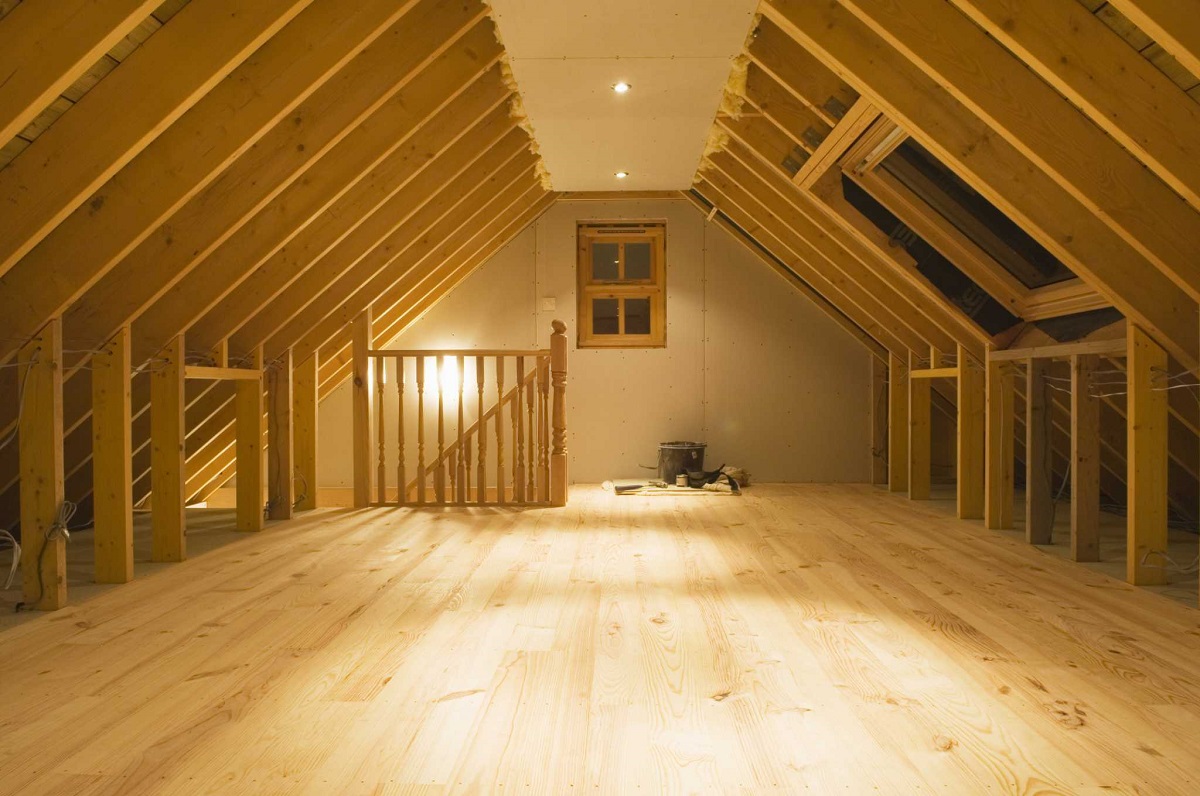
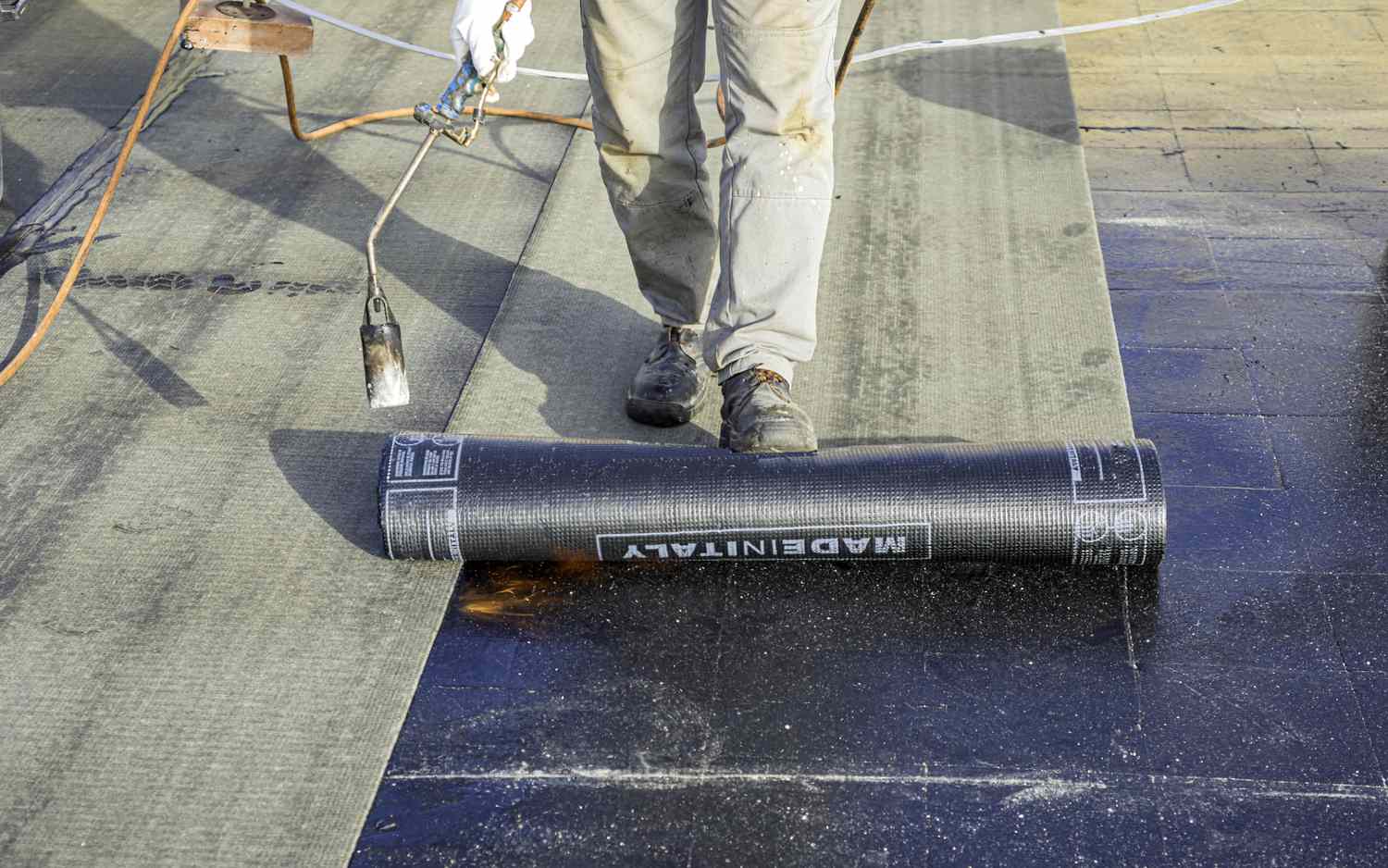
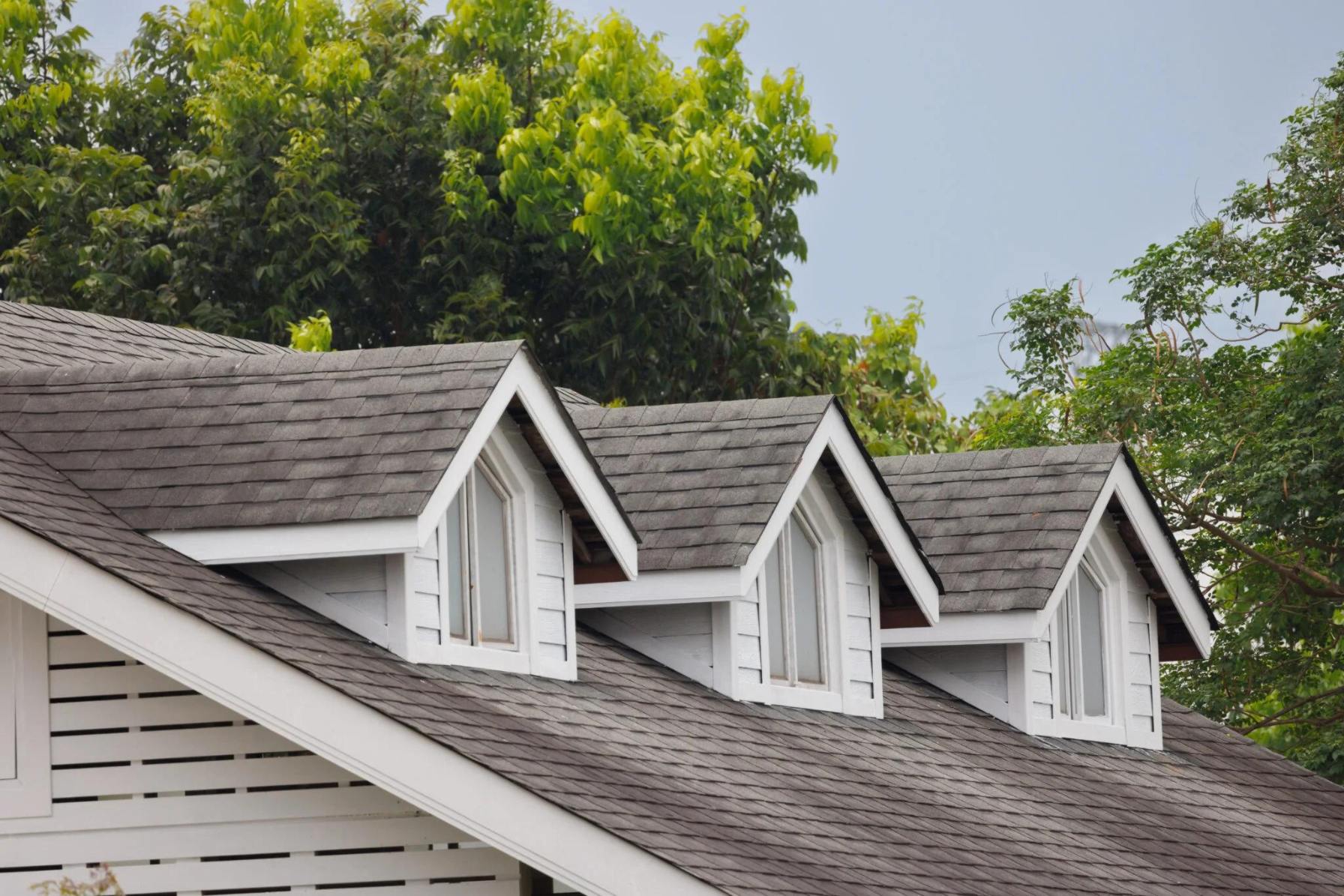

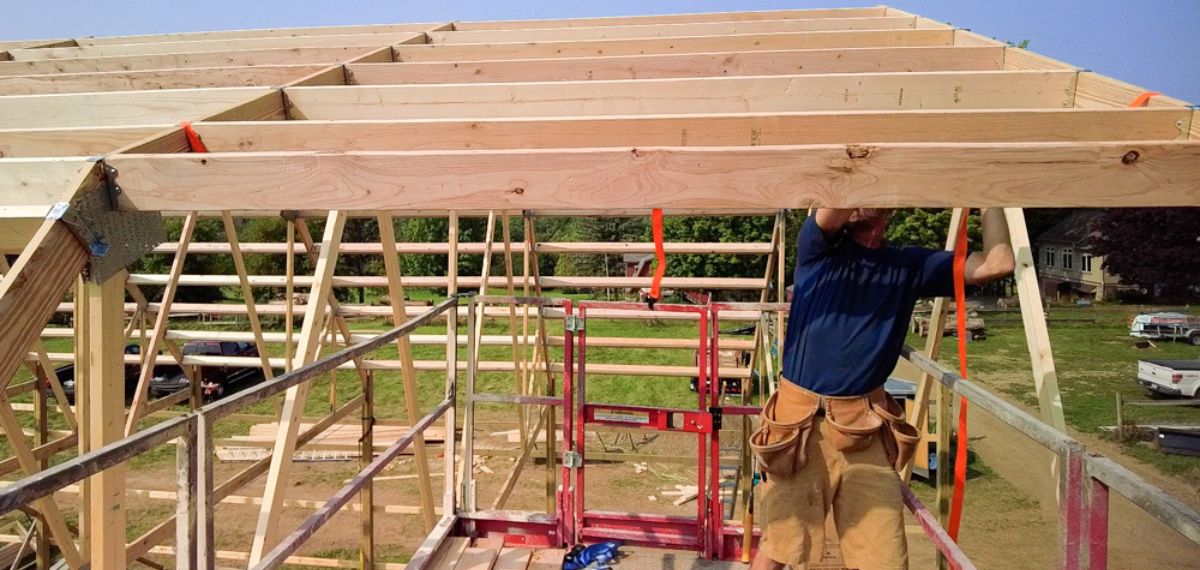
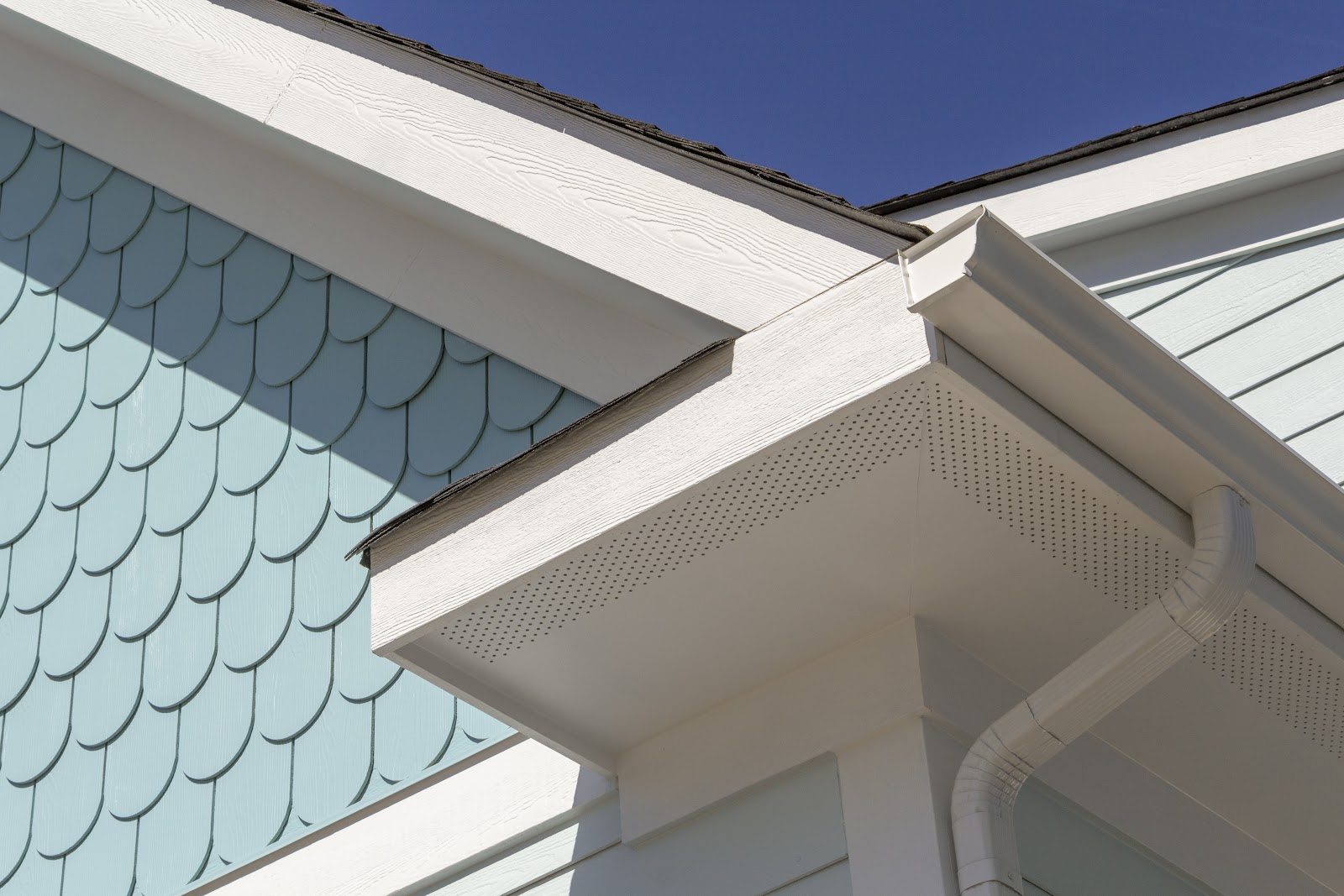
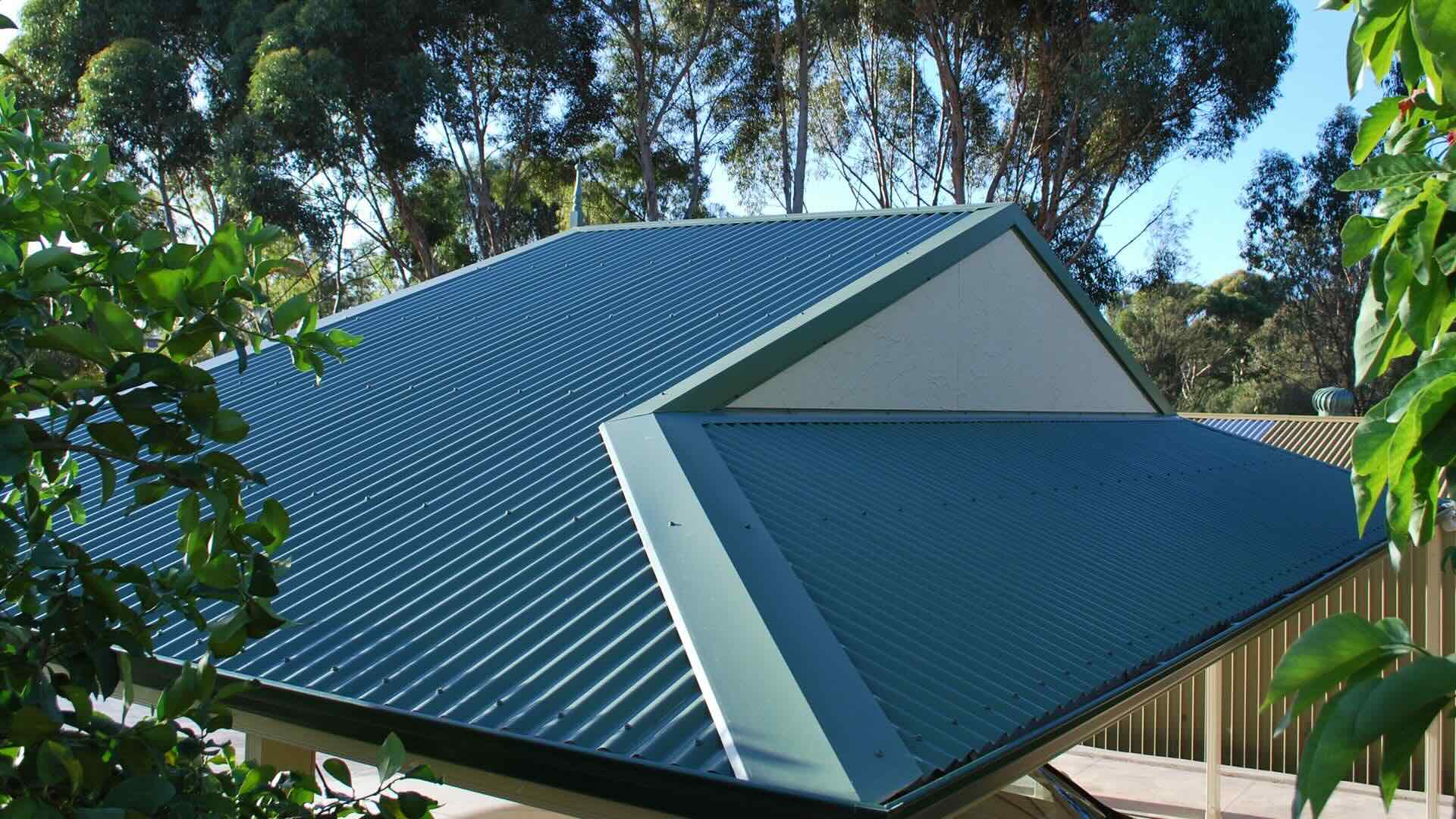

0 thoughts on “What Kind Of Plywood For Roof”